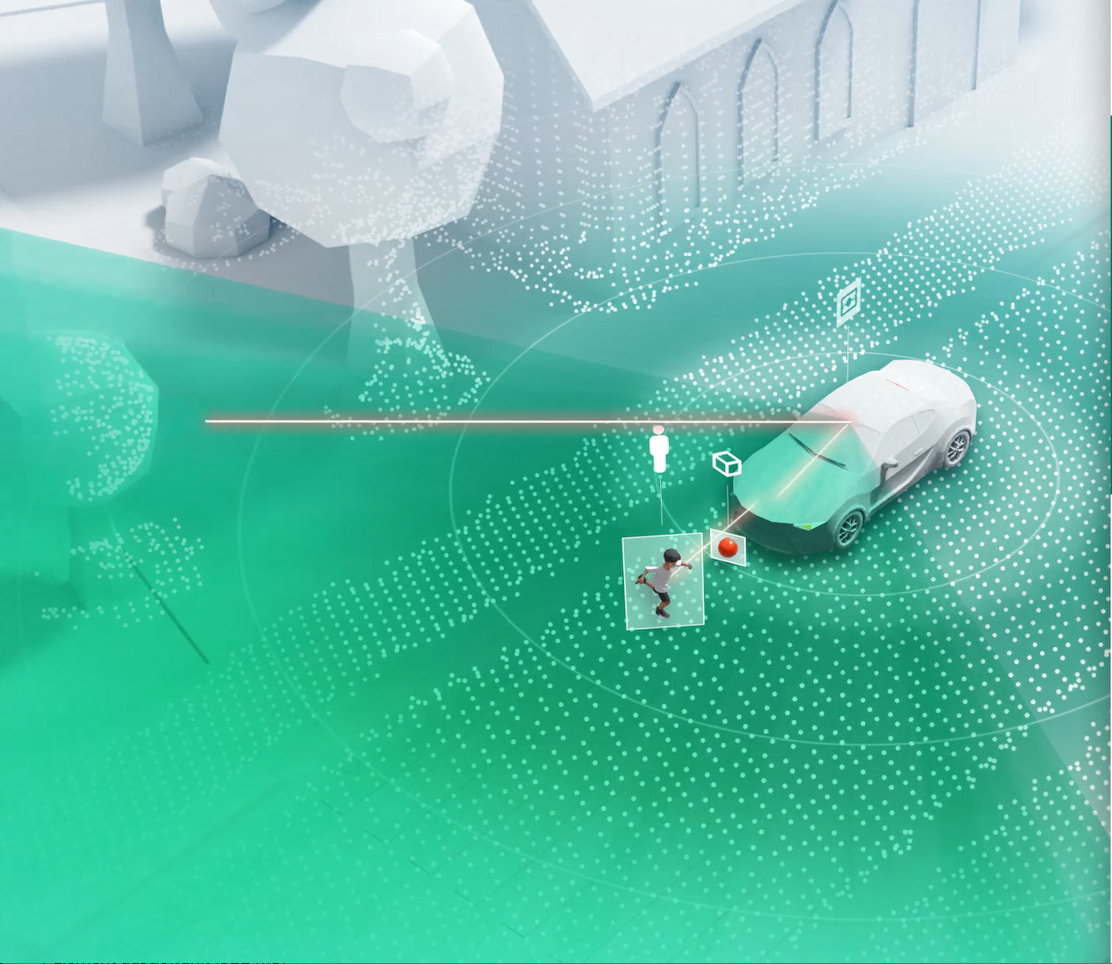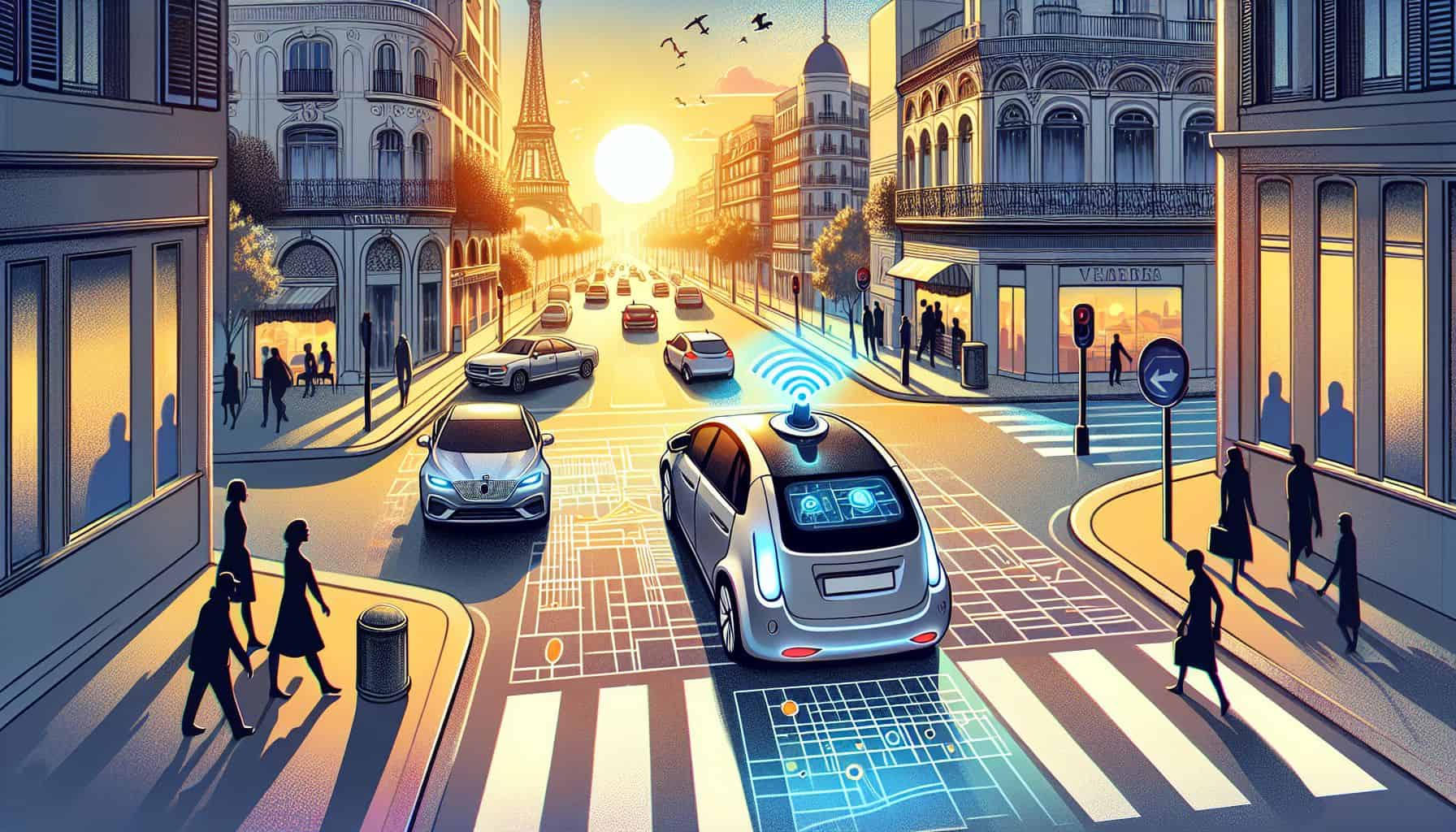
Reports about self-driving cars are not always positive. Some experts say that it may be decades before vehicles will be able to find their own way from A to B. Others see this happening much faster. The fact is that the technology behind autonomous driving has made great strides over the past few years. But without us even realizing it, a lot is possible already. Consider all the so-called Advanced Driver Assistance Systems that help with parking or in driving between the lines on highways.
A new contribution to this field comes from the Fraunhofer Institute for Photonic Microsystems IPMS in Dresden, Germany. The research institute has developed a kind of camera mirror that can be used to scan a car’s surroundings in three dimensions at lightning speed. According to the IPMS, the microscanner mirror is able to see 200 meters in the distance, which is at least as good as the human eye.
LiDAR system
The mirror is built into the LiDAR system that every self-driving car needs for navigation. LiDAR stands for Light Detection and Ranging. It works as a kind of radar whereby laser pulses are used to determine the distance to an object.

What the microscanner mirror from IPMS adds is a 3D image of its surroundings. This makes it even easier to recognize e.g. pedestrians, cyclists, and trees.
Start-up AEye
The technology, according to Fraunhofer, is already being used by the start-up AEye, a specialist in LiDAR systems.
The following processes take place is described in detail by IPMS:
“Light from a laser diode or other laser source is directed at a microscanner mirror installed in the transmitter of the LiDAR system. The mirror scans the surrounding area in two dimensions. To determine the third dimension, the light reflected from the object is captured by a LiDAR sensor. Here, the following applies: the more light captured by the sensor, the more accurately the distance to the object can be determined. This is a task performed by an evaluation algorithm. The distance to each scanned position in the vehicle surroundings generates a 3D point cloud that represents the LiDAR field of vision.”
Silicon
The mirror, also known as a MEMS scanner, is made of monocrystalline silicon, which is very strong, shock-proof and heat-resistant. “Our MEMS mirror is typically five millimeters in size. However, larger mirrors are also feasible,” says Jan Grahmann of IPMS.
Even Grahmann thinks that it could take many years before cars can really drive fully automatically without a driver. Nevertheless, this mirror system does bring semi-autonomous driving a step closer. In which case it is still not allowed to take a nap behind the wheel, but it wouldn’t be a disaster either, thanks to the ever-alert on-board computer.








